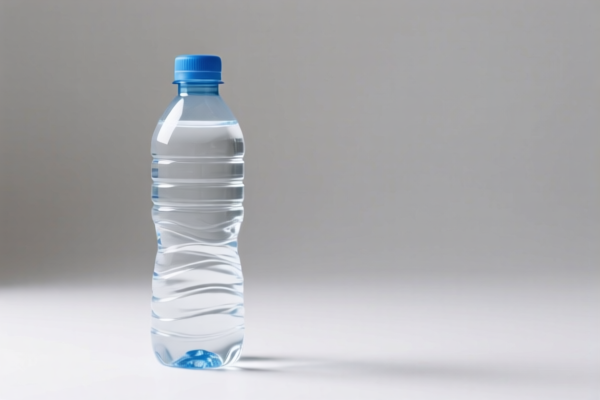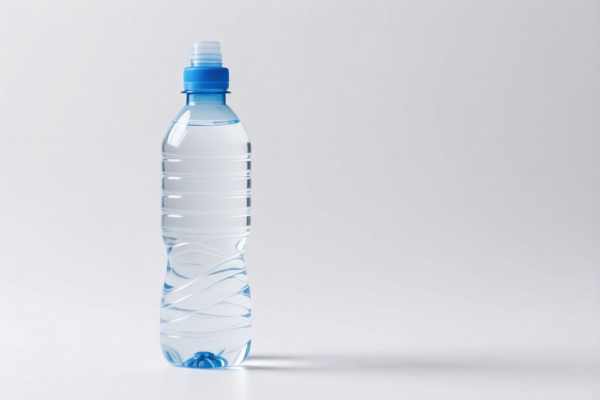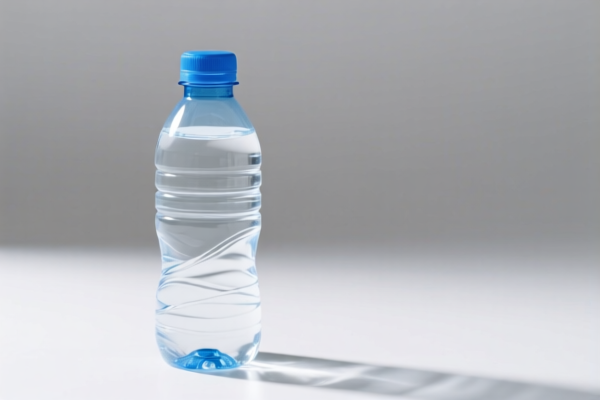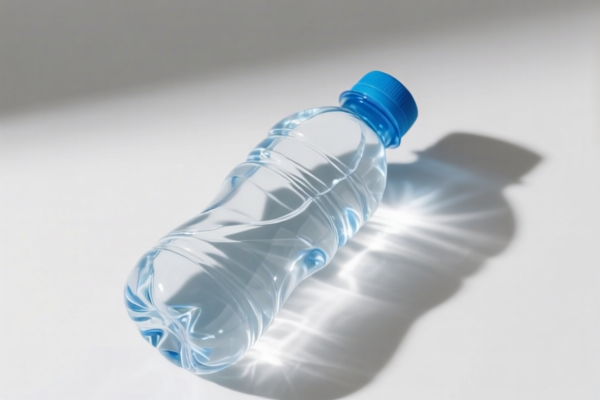| HS Code | Official Doc | Tariff Rate | Origin | Destination | Effective Date |
|---|---|---|---|---|---|
| 3923300010 | Doc | 58.0% | CN | US | 2025-05-12 |
| 3923300090 | Doc | 58.0% | CN | US | 2025-05-12 |
| 3924104000 | Doc | 33.4% | CN | US | 2025-05-12 |
| 3924900500 | Doc | 40.6% | CN | US | 2025-05-12 |
| 6909900000 | Doc | 59.0% | CN | US | 2025-05-12 |
| 6909112000 | Doc | 55.0% | CN | US | 2025-05-12 |
| 9617001000 | Doc | 37.2% | CN | US | 2025-05-12 |
| 9617006000 | Doc | 37.2% | CN | US | 2025-05-12 |
| 9620003090 | Doc | The rate applicable to the article of which it is an accessory+30.0% | CN | US | 2025-05-12 |
| 9620005000 | Doc | 60.3% | CN | US | 2025-05-12 |




Nasal Wash Bottle
A nasal wash bottle is a container designed to deliver saline solution into the nasal passages for therapeutic purposes. It is typically used for nasal irrigation, a practice involving flushing the nasal cavities with saline to clear congestion and improve nasal hygiene.
Material:
- Plastic: Most commonly made from high-density polyethylene (HDPE) or polypropylene (PP) due to their durability, flexibility, and non-toxicity. Bottles intended for repeated use are often BPA-free.
- Rubber/Silicone: The nozzle tip is often made of softer, more flexible rubber or silicone for comfortable insertion into the nostril.
- Glass: Less common due to fragility, but available for those preferring a non-plastic option.
Purpose:
- Sinus Relief: To alleviate symptoms of nasal congestion caused by colds, allergies, sinusitis, and other respiratory conditions.
- Nasal Hygiene: To remove mucus, dust, pollen, and other irritants from the nasal passages.
- Post-Surgical Care: Often recommended following sinus surgery to promote healing and prevent infection.
- Moisturization: To relieve dryness in the nasal passages, especially in dry climates or during winter.
Function:
Nasal wash bottles utilize gravity and gentle pressure to deliver saline solution. The user typically tilts their head to the side, inserts the nozzle into one nostril, and squeezes the bottle to propel the solution through the nasal passage and out the other nostril. The saline helps loosen mucus and debris, which is then expelled.
Usage Scenarios:
- Daily Nasal Hygiene: Regular use to maintain clear nasal passages.
- Cold and Flu Symptoms: To relieve congestion, sinus pressure, and postnasal drip.
- Allergy Season: To flush out allergens and reduce allergic rhinitis symptoms.
- Sinusitis: As part of a treatment plan for acute or chronic sinusitis.
- Post-Exercise: To clear nasal passages after strenuous activity.
Common Types:
- Squeeze Bottle: The most common type, requiring manual squeezing to deliver the solution. Available in various sizes and nozzle designs.
- Neti Pot: While not a bottle, it is a closely related device for nasal irrigation, utilizing a spout to pour saline solution into the nasal passages. Often used with gravity.
- Powered Nasal Irrigation Systems: Electric or battery-operated devices that deliver pulsed saline solution for more thorough irrigation.
- Pre-mixed Saline Packets: Often used with squeeze bottles or neti pots. These packets contain a pre-measured amount of saline for convenient mixing with water.
- High-Volume, Low-Pressure Systems: Designed for larger volumes of saline, often used after sinus surgery.
Nasal wash bottles are typically used for personal hygiene, specifically for irrigating the nasal passages with saline solutions. They are generally made of plastic and fall under the category of household articles or hygienic articles.
The following HS codes may be relevant:
- 3923300010: Articles for the conveyance or packing of goods, of plastics; stoppers, lids, caps and other closures, of plastics: Carboys, bottles, flasks and similar articles Of a capacity not exceeding 50 ml. This code applies to plastic bottles with a capacity of 50 ml or less, which could include small nasal wash bottles.
- 39: Plastics and articles thereof.
- 23: Articles for the conveyance or packing of goods, of plastics; stoppers, lids, caps and other closures, of plastics.
- 30: Articles for the conveyance or packing of goods, of plastics; stoppers, lids, caps and other closures, of plastics.
- 00: Carboys, bottles, flasks and similar articles.
- 10: Of a capacity not exceeding 50 ml.
- 3923300090: Articles for the conveyance or packing of goods, of plastics; stoppers, lids, caps and other closures, of plastics: Carboys, bottles, flasks and similar articles Other. This code applies to plastic bottles, carboys, flasks, and similar articles with a capacity exceeding 50 ml.
- 39: Plastics and articles thereof.
- 23: Articles for the conveyance or packing of goods, of plastics; stoppers, lids, caps and other closures, of plastics.
- 30: Articles for the conveyance or packing of goods, of plastics; stoppers, lids, caps and other closures, of plastics.
- 00: Carboys, bottles, flasks and similar articles.
- 90: Other.
- 3924104000: Tableware, kitchenware, other household articles and hygienic or toilet articles, of plastics: Tableware and kitchenware: Other. This code could apply if the nasal wash bottle is considered a household or hygienic article.
- 39: Plastics and articles thereof.
- 24: Tableware, kitchenware, other household articles and hygienic or toilet articles, of plastics.
- 10: Tableware and kitchenware.
- 40: Other.
- 3924900500: Tableware, kitchenware, other household articles and hygienic or toilet articles, of plastics: Other: Nursing nipples and finger cots. While this code specifically lists nursing nipples and finger cots, it falls under the broader category of hygienic articles and could be considered if the nasal wash bottle is deemed a similar type of hygienic product.
- 39: Plastics and articles thereof.
- 24: Tableware, kitchenware, other household articles and hygienic or toilet articles, of plastics.
- 90: Other.
- 05: Nursing nipples and finger cots.
The total tax rate for codes 3923300010, 3923300090 is 58.0%. The total tax rate for code 3924104000 is 33.4%. The total tax rate for code 3924900500 is 40.6%.
Regarding HS code 3923300010 and 3923300090, please note that the addtional tax rate will be adjusted to 30.0% after April 2, 2025. Regarding HS code 3924104000, please note that the addtional tax rate will be adjusted to 30.0% after April 2, 2025.
Customer Reviews
No reviews yet.